Anthrax Cattle Burial-Sarcophagus. Ala-Too 1 Residential Area
42.864554, 74.474652
The sarcophagus is located in the residential area "Ala-Too" of the Lenin district of Bishkek, on the border with the Sokuluk district of the Chui region, where from 1940 to 1946 the bodies of animals that died from anthrax were buried, specifically 2 horses, 3 heads of cattle, and 3 sheep.
Experts warn that the anthrax sarcophagus in this area is very dangerous, but local residents are trying to legalize their homes.
The causative agent of anthrax is a bacterium. Anthrax persists in the form of spores, is very resistant to adverse environmental conditions, and can remain in the soil for centuries.
The local territorial administration No. 3 of this district has been tasked with finding funds to concrete the cracks on the surface of the sarcophagus, which arise due to environmental factors. The Department of Housing and Communal Services and the Ministry of Transport and Communications has been instructed to enhance educational work among residents regarding the inadmissibility of grazing livestock near this hazardous site.
Local authorities have been recommended to once again mark the territory of the sarcophagus with updated informational stands in the state and official languages.
During the Soviet era, there was a burial ground for animals sick with anthrax at this location. There were no residential areas nearby at that time.
Both humans and animals can contract anthrax. This disease affects not only large and small cattle but occasionally dogs and cats as well. In the external environment, anthrax bacteria can remain active for up to 100 years. In the event of this disease being detected in livestock, the animal's bones must be burned, after which the ashes are buried in a deep pit (burial ground), which is then filled with concrete, and the area is fenced off.
Experts say that unknown foci pose a particular danger, scattered across pastures and summer pastures. For example, if an animal collapses while grazing, it may simply be covered with dirt, creating a hazardous focus. Such burials can contaminate the soil and vegetation when they surface, and subsequently infect livestock. Therefore, any burial or burial ground is a ticking time bomb that requires constant monitoring.
Natural disasters pose a threat to anthrax and other hazardous disease burials. They can trigger the activation of the disease, especially in unknown burial grounds.
According to data from 2012, there were officially registered 1,235 soil foci of this infection in Kyrgyzstan, of which less than half have been found and concreted. According to official data, 267 out of 652 foci have not been located in the field. However, regarding the identified foci (385; of which 57.7% are in courtyards, 31.2% in pastures, and 11.1% in summer grazing areas), there are almost no health measures (disinfection, etc.) from veterinary and agricultural services. Official registration and reporting (especially after 1991) on animal morbidity remains incomplete both in the regions and in the country. Since 2003, a systematic incidence of human disease has been noted. According to the Ministry of Health of the Kyrgyz Republic, there have been a total of 557 registered anthrax foci across the country. Of these, 44 are located in the Kara-Suu district, which is why anti-epizootic and anti-epidemic measures are conducted twice a year in 39 burial grounds in this region.
In 2012, an anthrax outbreak was recorded again, where from the end of July, 9 people were hospitalized with suspected anthrax, and the diagnosis was confirmed in 5 individuals through laboratory tests.
In 2013, 17 people were hospitalized.
In the summer of 2018, another anthrax outbreak was registered, with at least 13 people hospitalized with suspicion of the disease.
In 2020, anthrax outbreaks were recorded in the Bazar-Korgon district of the Jalal-Abad region, the Kara-Suu district of the Osh region, and the At-Bashy district of the Naryn region.
The sarcophagus is located in the residential area "Ala-Too" of the Lenin district of Bishkek, on the border with the Sokuluk district of the Chui region, where from 1940 to 1946 the bodies of animals that died from anthrax were buried, specifically 2 horses, 3 heads of cattle, and 3 sheep.
Experts warn that the anthrax sarcophagus in this area is very dangerous, but local residents are trying to legalize their homes.
The causative agent of anthrax is a bacterium. Anthrax persists in the form of spores, is very resistant to adverse environmental conditions, and can remain in the soil for centuries.
The local territorial administration No. 3 of this district has been tasked with finding funds to concrete the cracks on the surface of the sarcophagus, which arise due to environmental factors. The Department of Housing and Communal Services and the Ministry of Transport and Communications has been instructed to enhance educational work among residents regarding the inadmissibility of grazing livestock near this hazardous site.
Local authorities have been recommended to once again mark the territory of the sarcophagus with updated informational stands in the state and official languages.
During the Soviet era, there was a burial ground for animals sick with anthrax at this location. There were no residential areas nearby at that time.
Both humans and animals can contract anthrax. This disease affects not only large and small cattle but occasionally dogs and cats as well. In the external environment, anthrax bacteria can remain active for up to 100 years. In the event of this disease being detected in livestock, the animal's bones must be burned, after which the ashes are buried in a deep pit (burial ground), which is then filled with concrete, and the area is fenced off.
Experts say that unknown foci pose a particular danger, scattered across pastures and summer pastures. For example, if an animal collapses while grazing, it may simply be covered with dirt, creating a hazardous focus. Such burials can contaminate the soil and vegetation when they surface, and subsequently infect livestock. Therefore, any burial or burial ground is a ticking time bomb that requires constant monitoring.
Natural disasters pose a threat to anthrax and other hazardous disease burials. They can trigger the activation of the disease, especially in unknown burial grounds.
According to data from 2012, there were officially registered 1,235 soil foci of this infection in Kyrgyzstan, of which less than half have been found and concreted. According to official data, 267 out of 652 foci have not been located in the field. However, regarding the identified foci (385; of which 57.7% are in courtyards, 31.2% in pastures, and 11.1% in summer grazing areas), there are almost no health measures (disinfection, etc.) from veterinary and agricultural services. Official registration and reporting (especially after 1991) on animal morbidity remains incomplete both in the regions and in the country. Since 2003, a systematic incidence of human disease has been noted. According to the Ministry of Health of the Kyrgyz Republic, there have been a total of 557 registered anthrax foci across the country. Of these, 44 are located in the Kara-Suu district, which is why anti-epizootic and anti-epidemic measures are conducted twice a year in 39 burial grounds in this region.
In 2012, an anthrax outbreak was recorded again, where from the end of July, 9 people were hospitalized with suspected anthrax, and the diagnosis was confirmed in 5 individuals through laboratory tests.
In 2013, 17 people were hospitalized.
In the summer of 2018, another anthrax outbreak was registered, with at least 13 people hospitalized with suspicion of the disease.
In 2020, anthrax outbreaks were recorded in the Bazar-Korgon district of the Jalal-Abad region, the Kara-Suu district of the Osh region, and the At-Bashy district of the Naryn region.


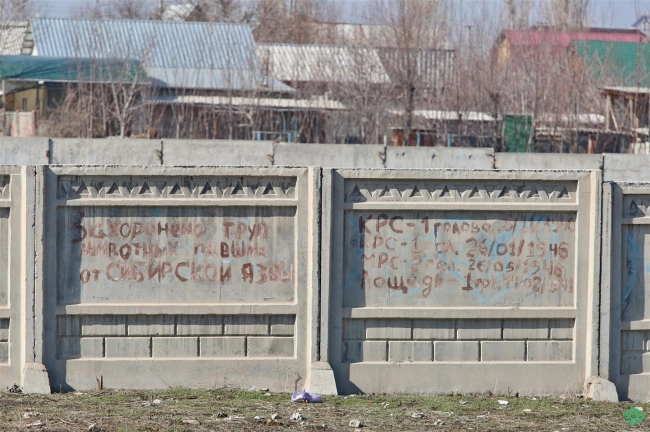
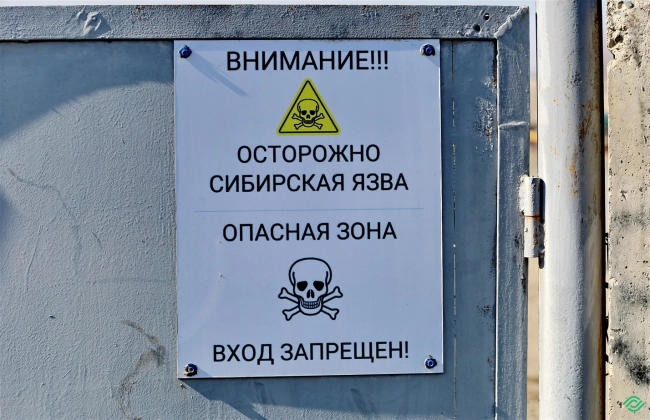

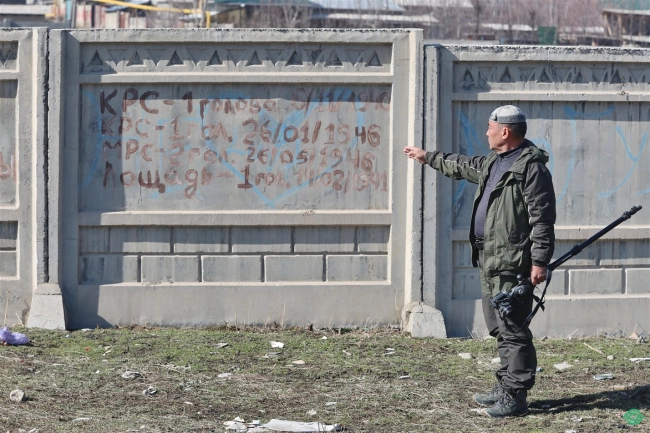
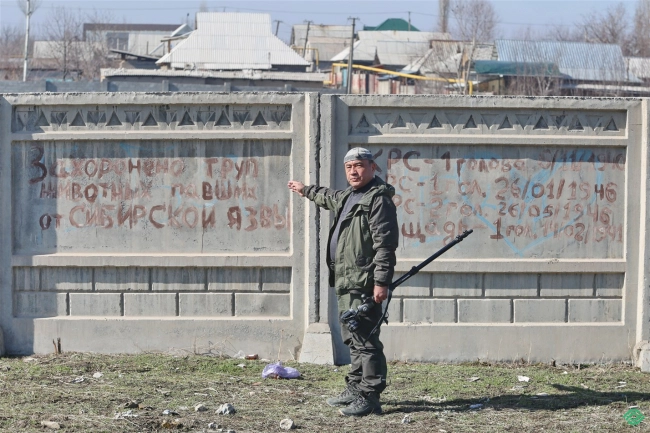

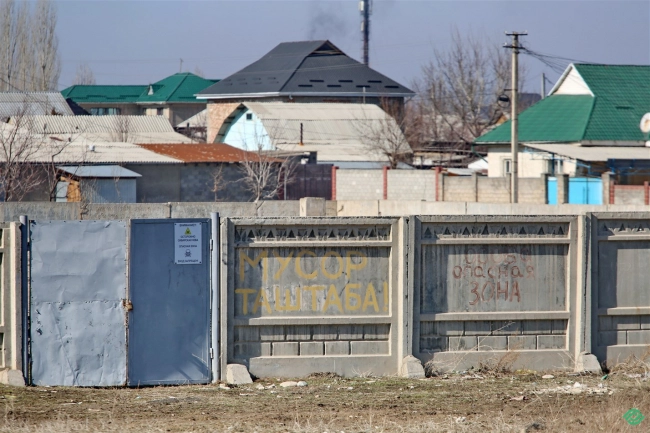
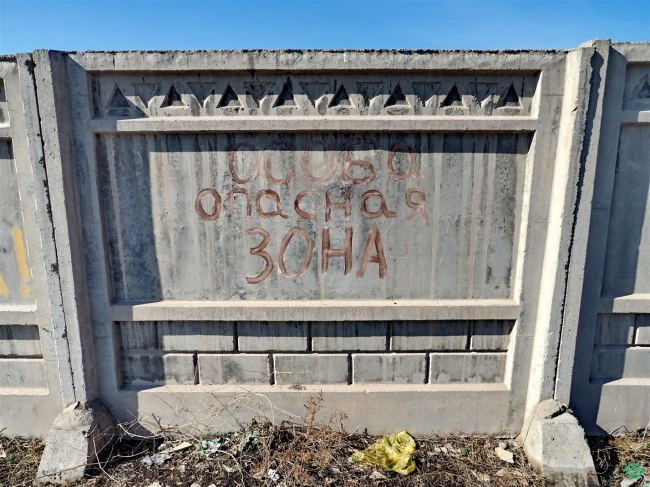
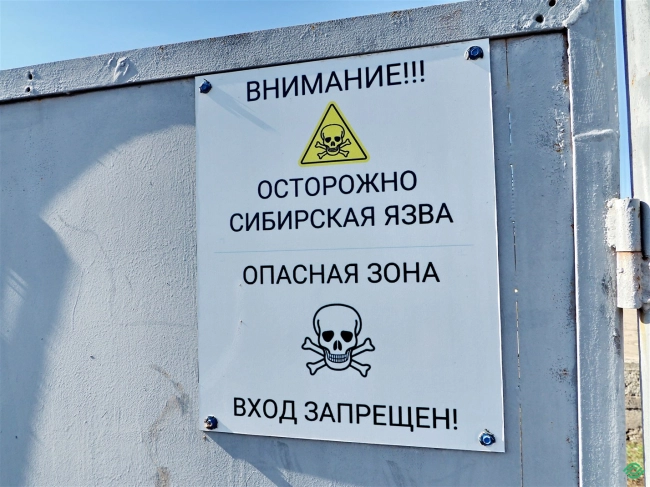
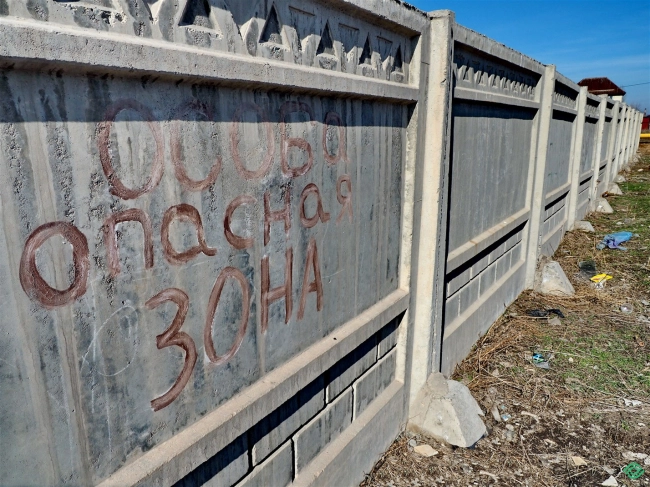
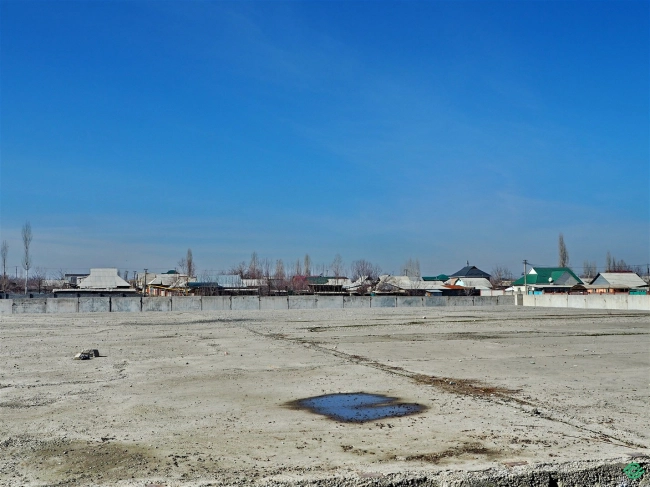
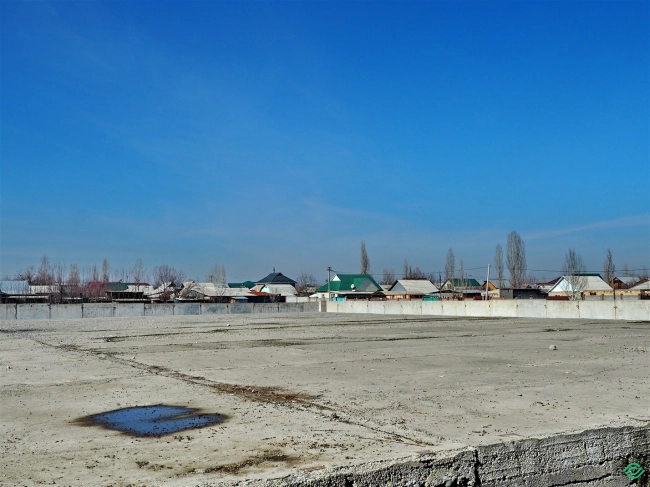


















Attention: Information based on submitted complaints